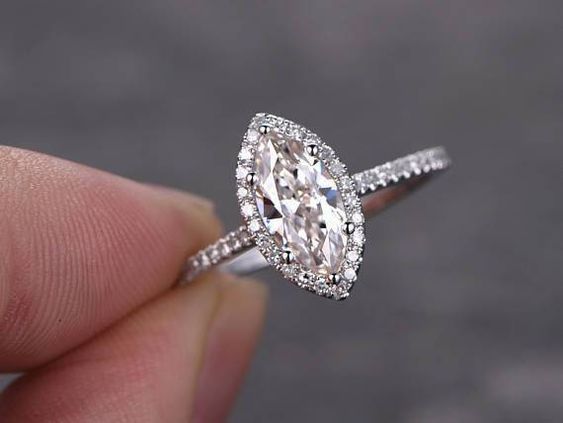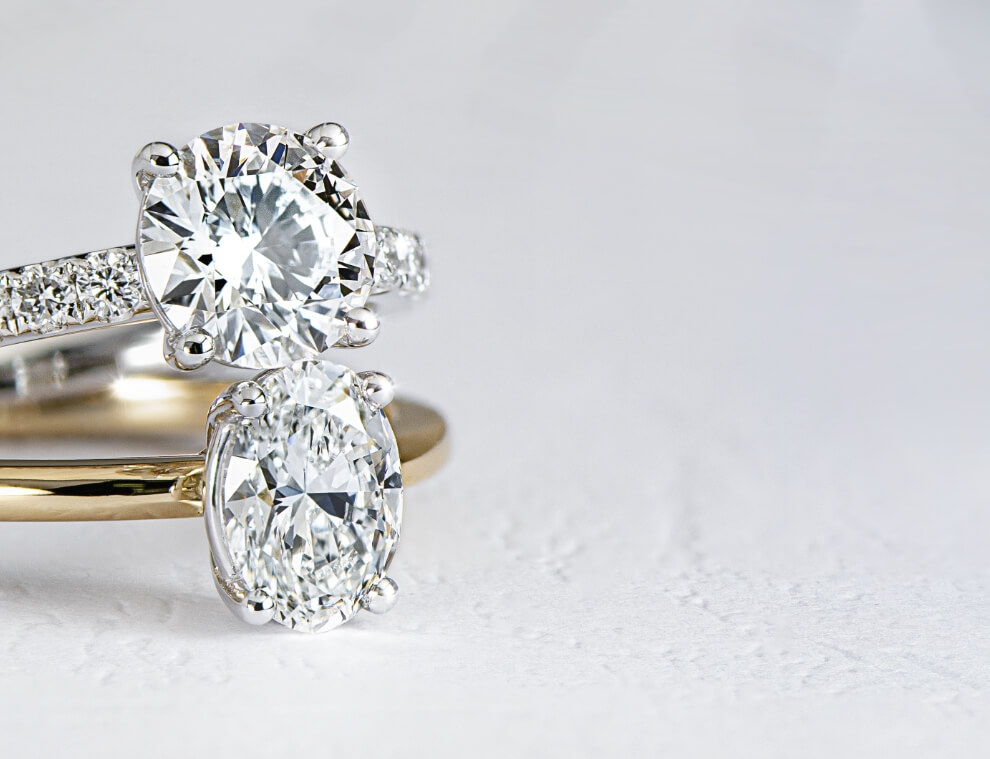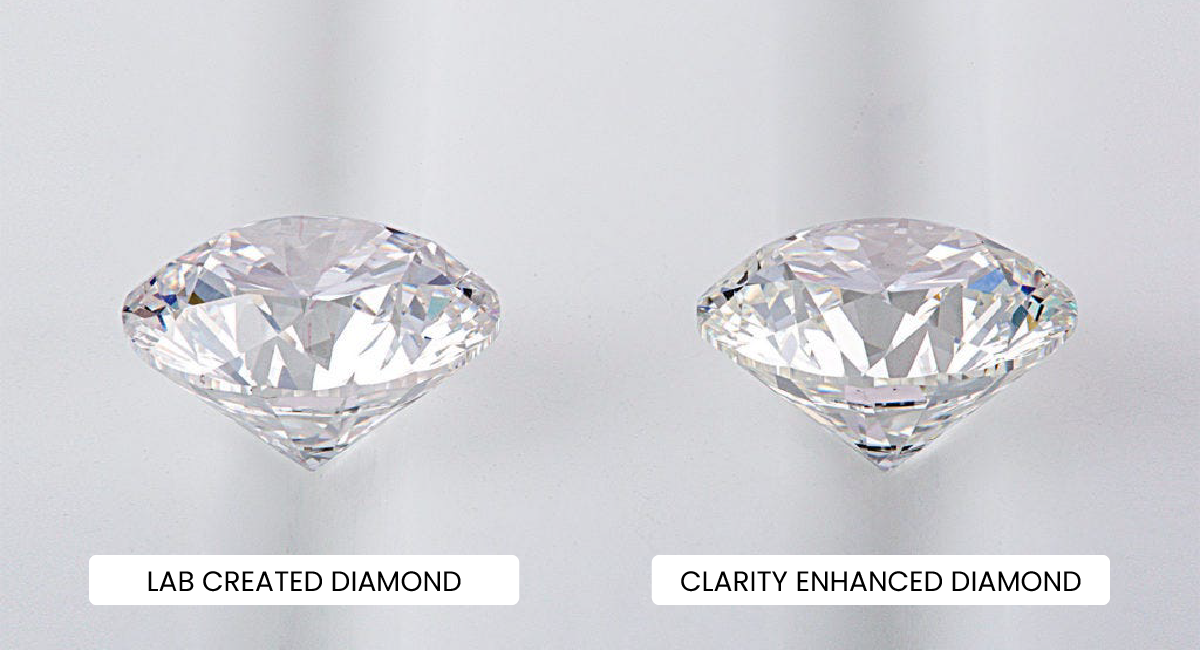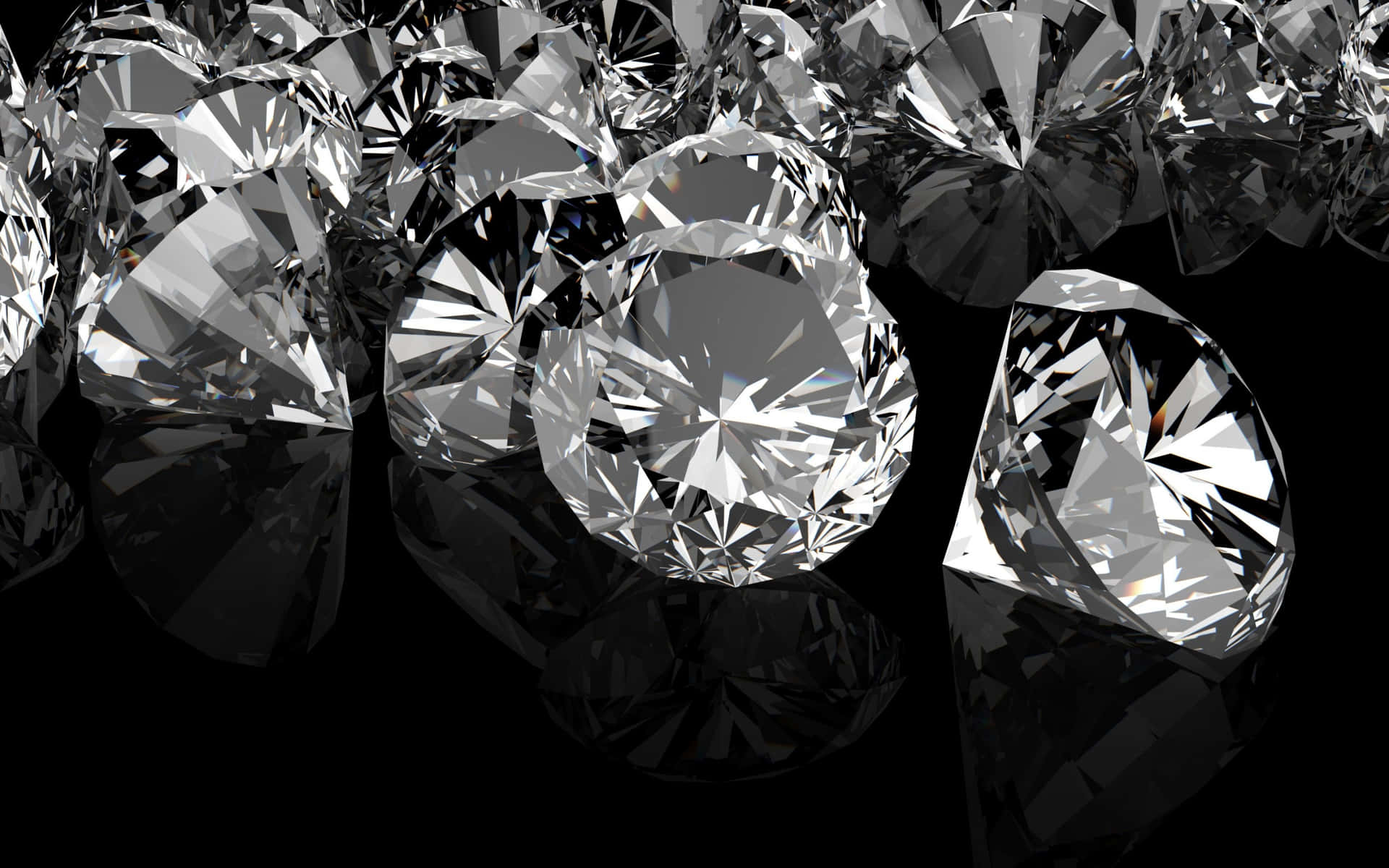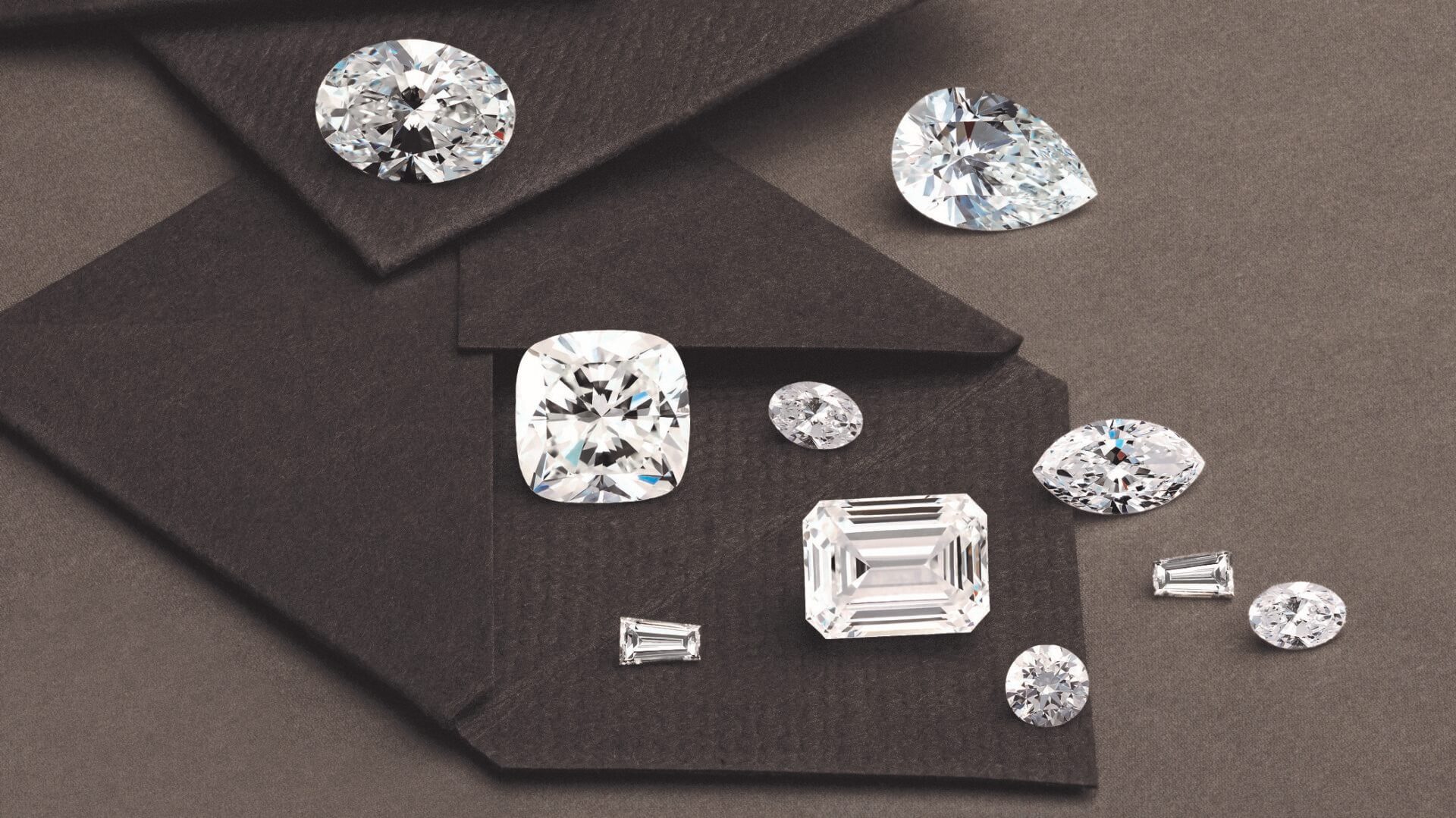In recent years, the world of diamonds has seen a revolutionary shift towards sustainable and affordable alternatives. Loose lab grown diamonds and man made diamonds are becoming increasingly popular among consumers who seek the beauty and durability of natural diamonds but with an ethical and eco-friendly approach. These diamonds offer incredible value, high quality, and customization options that are simply unmatched by traditional diamonds. In this article, we will explore everything you need to know about loose lab grown diamonds and man made diamonds, including their features, benefits, differences, and how to choose the best ones for your needs.
What are Loose Lab Grown Diamonds?
Loose lab grown diamonds are diamonds that are created in a laboratory using advanced technology that replicates the natural processes that occur deep within the Earth. Unlike mined diamonds, which take millions of years to form, loose lab grown diamonds can be created in a matter of weeks. These diamonds are chemically, physically, and optically identical to mined diamonds, making them a sustainable and ethical alternative.
The Process of Creating Loose Lab Grown Diamonds
The creation of loose lab grown diamonds involves two main methods: High Pressure High Temperature (HPHT) and Chemical Vapor Deposition (CVD).
-
HPHT: This method mimics the intense heat and pressure conditions found deep within the Earth’s mantle, resulting in the formation of a diamond.
-
CVD: In this process, a small diamond seed is placed in a chamber where carbon-rich gases are heated, causing carbon atoms to crystallize around the seed, forming a diamond.
Both methods produce diamonds that are chemically identical to natural diamonds, but with a much shorter production time.
Why Choose Loose Lab Grown Diamonds?
There are several reasons why many consumers prefer loose lab grown diamonds over mined diamonds. Some of the most notable advantages include:
-
Ethical Sourcing: Since loose lab grown diamonds do not come from mining operations, they do not contribute to environmental damage or human rights abuses associated with traditional diamond mining.
-
Cost-Effective: Because they are created in a laboratory, loose lab grown diamonds are often more affordable than natural diamonds of the same size and quality.
-
Customizable: These diamonds can be tailored to fit specific preferences in terms of shape, size, and quality.
-
Sustainability: Choosing loose lab grown diamonds helps reduce the carbon footprint and environmental impact that traditional diamond mining causes.
Man Made Diamonds: The Next Big Thing in Jewelry
Man made diamonds, also known as synthetic diamonds, are another term often used to refer to diamonds that are produced in a laboratory. While man made diamonds are created using the same methods as loose lab grown diamonds, they are sometimes referred to as a distinct category. These diamonds have been in the market for many years, but their popularity has surged in recent times due to their cost-effectiveness and environmental benefits.
The Benefits of Man Made Diamonds
-
Affordable Luxury: Man made diamonds typically cost 30-40% less than their mined counterparts, making them a great option for those looking for luxury on a budget.
-
Environmental Impact: Since man made diamonds are created in labs, they do not contribute to the environmental damage caused by traditional diamond mining, which involves deforestation, pollution, and habitat destruction.
-
High Quality and Purity: Just like natural diamonds, man made diamonds are graded based on the 4Cs (cut, color, clarity, and carat weight). This means you can find diamonds with impeccable quality at a fraction of the price.
-
No Ethical Concerns: With man made diamonds, you can rest assured that your purchase is free from the ethical concerns surrounding diamond mining, such as the exploitation of workers and conflict diamonds.
Loose Lab Grown Diamonds vs. Man Made Diamonds: What’s the Difference?
While loose lab grown diamonds and man made diamonds are often used interchangeably, there are subtle differences worth noting.
-
Terminology: “Loose lab grown diamonds” refers specifically to diamonds that are not set in any jewelry and are available for individual purchase. On the other hand, “man made diamonds” is a broader term that encompasses all diamonds produced in a laboratory, whether they are set in jewelry or sold loose.
-
Creation Process: Both loose lab grown diamonds and man made diamonds can be created using HPHT or CVD methods, but loose lab grown diamonds specifically refer to those that are available without being set in jewelry.
Ultimately, both terms refer to diamonds that are ethically produced in a lab, offering the same high quality and beauty as their natural counterparts.
How to Choose the Best Loose Lab Grown Diamonds and Man Made Diamonds
When choosing loose lab grown diamonds or man made diamonds, there are several factors to consider to ensure you make the right choice:
-
4Cs (Cut, Color, Clarity, and Carat Weight): Just like natural diamonds, loose lab grown diamonds and man made diamonds are graded on the 4Cs. Be sure to choose a diamond with the right combination of these characteristics for your preferences.
-
Shape: Diamonds come in various shapes, including round, oval, princess, and emerald. Select the shape that best fits your personal style.
-
Certification: Look for diamonds that come with certification from a reputable grading laboratory, such as the GIA (Gemological Institute of America) or IGI (International Gemological Institute).
-
Budget: While loose lab grown diamonds and man made diamonds are more affordable than mined diamonds, there are still variations in price depending on the size and quality. Set a budget to narrow down your options.
The Future of Loose Lab Grown Diamonds and Man Made Diamonds
As technology continues to improve, the demand for loose lab grown diamonds and man made diamonds is expected to rise even further. More consumers are becoming aware of the ethical, environmental, and financial benefits of choosing diamonds created in a lab. In the future, it’s likely that these diamonds will dominate the market, offering an even more sustainable and accessible alternative to traditional mined diamonds.
Conclusion
In conclusion, loose lab grown diamonds and man made diamonds are transforming the diamond industry, offering consumers a more ethical, sustainable, and affordable option without compromising on quality. Whether you are looking for an engagement ring, a statement piece of jewelry, or just a stunning diamond for any occasion, these diamonds are a brilliant choice. With the growing popularity of lab-grown diamonds, it’s clear that they are here to stay, making luxury diamonds accessible to everyone.
By choosing loose lab grown diamonds or man made diamonds, you are not only making a smart financial decision but also supporting a more sustainable and ethical future.





